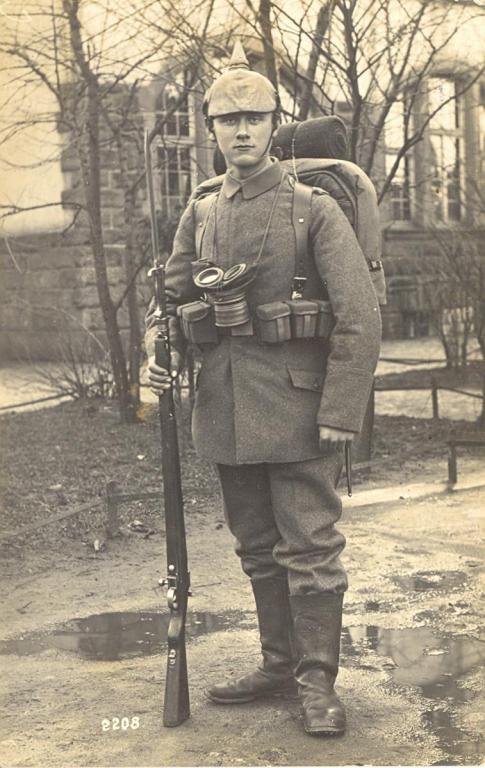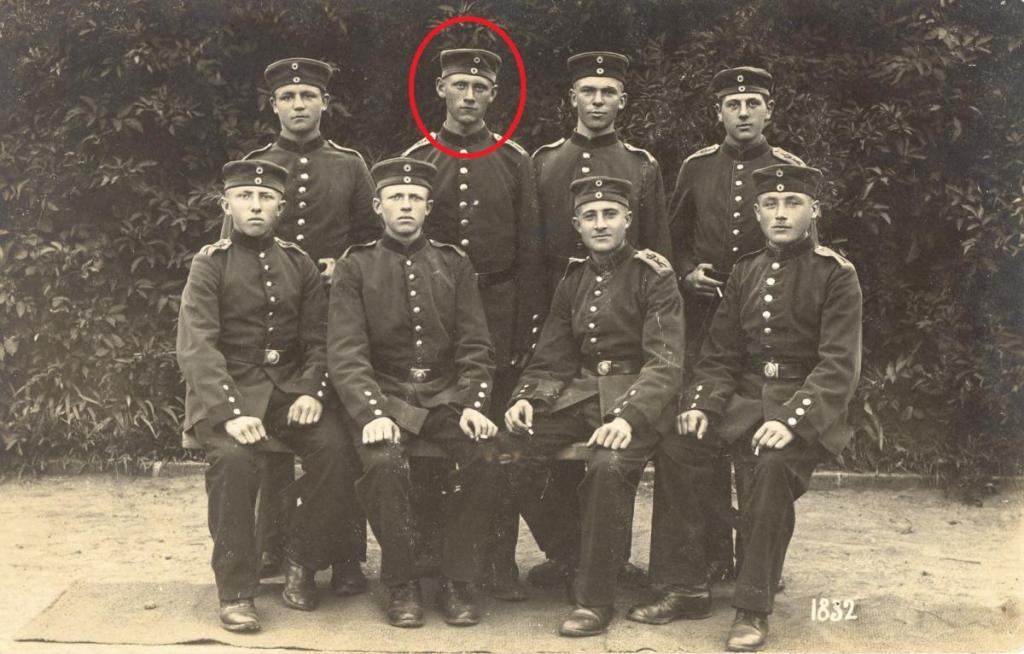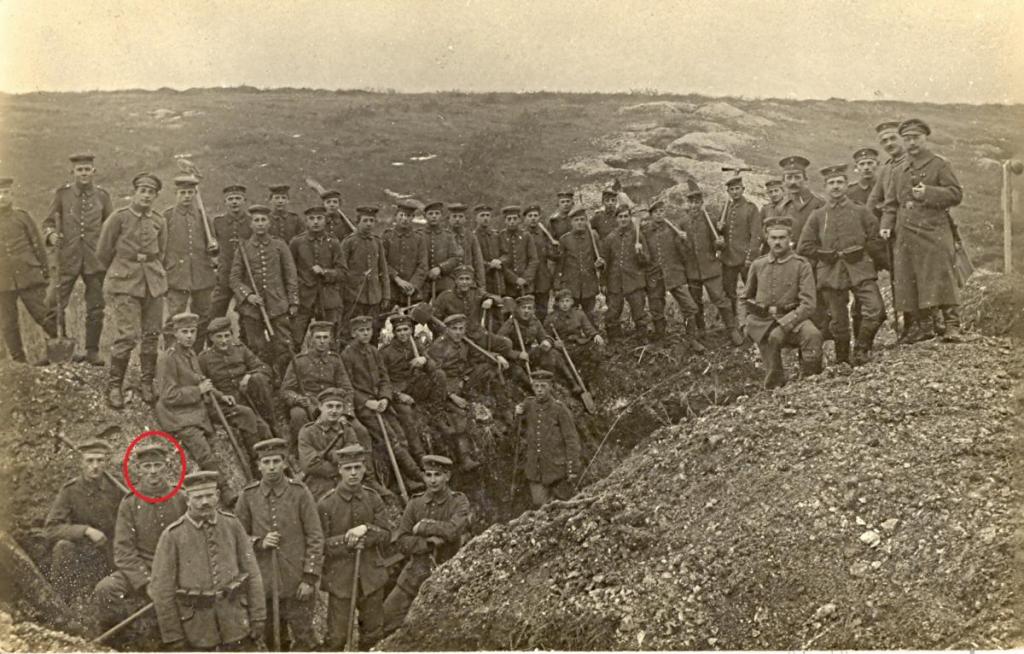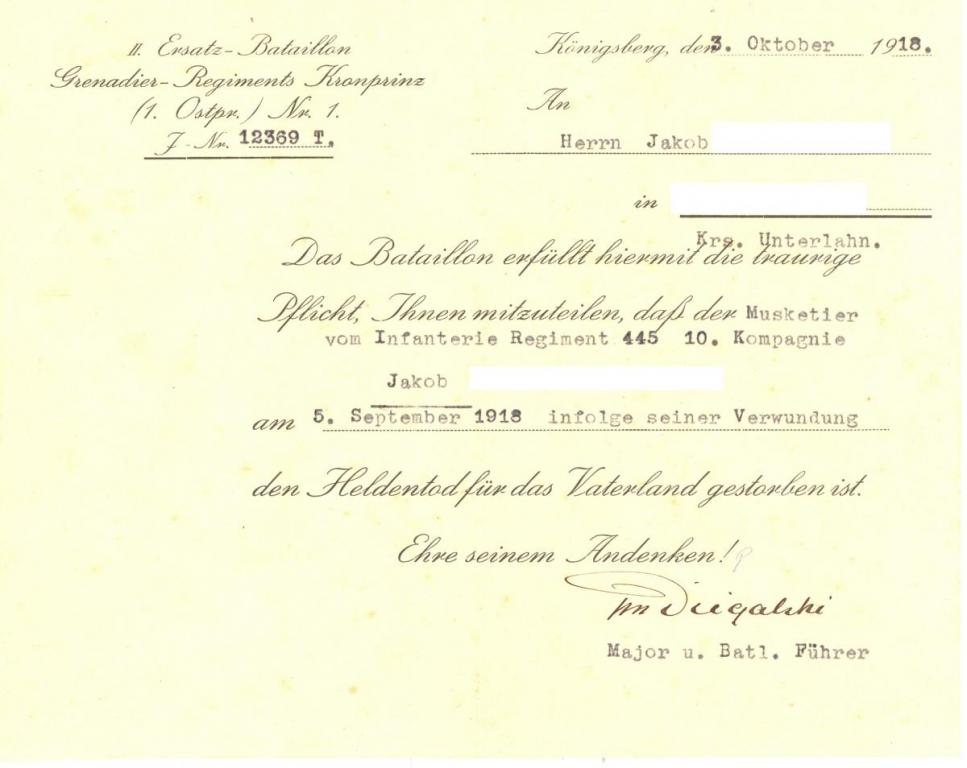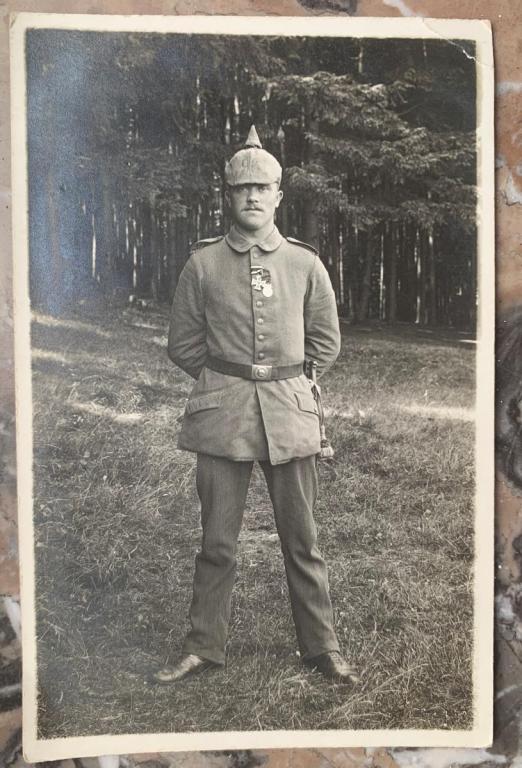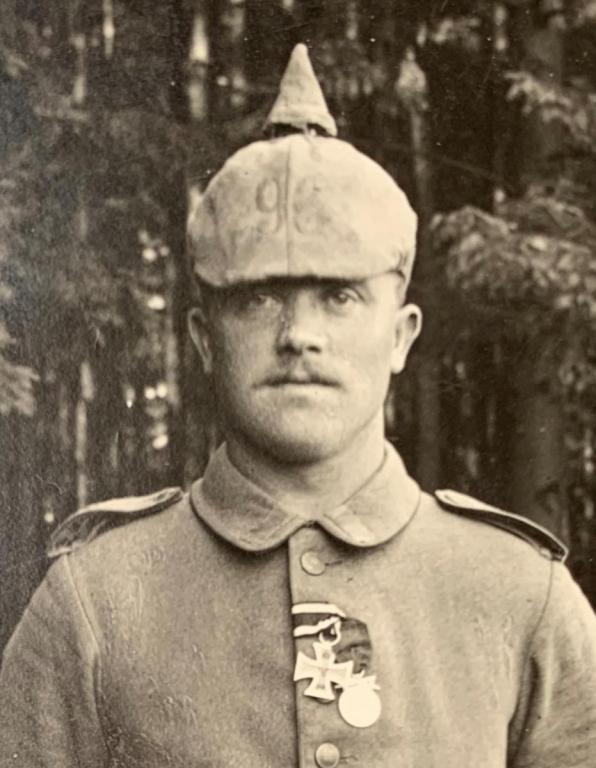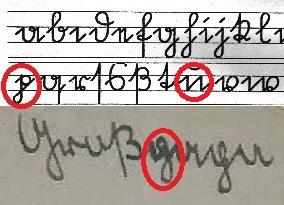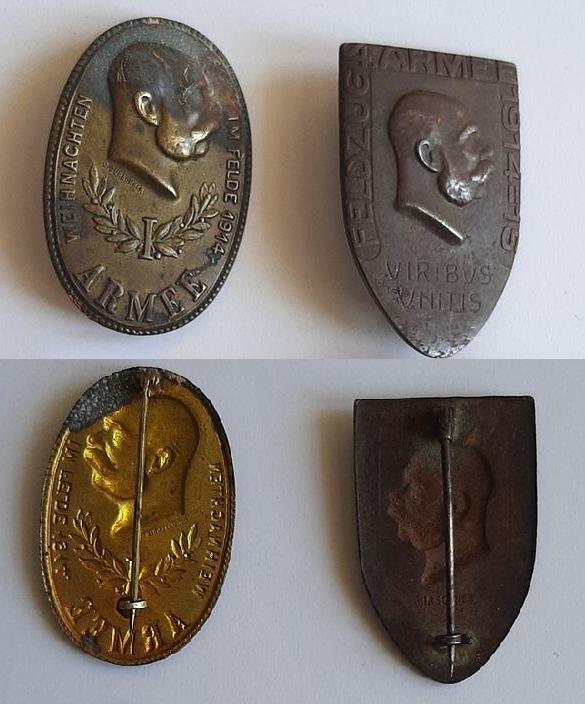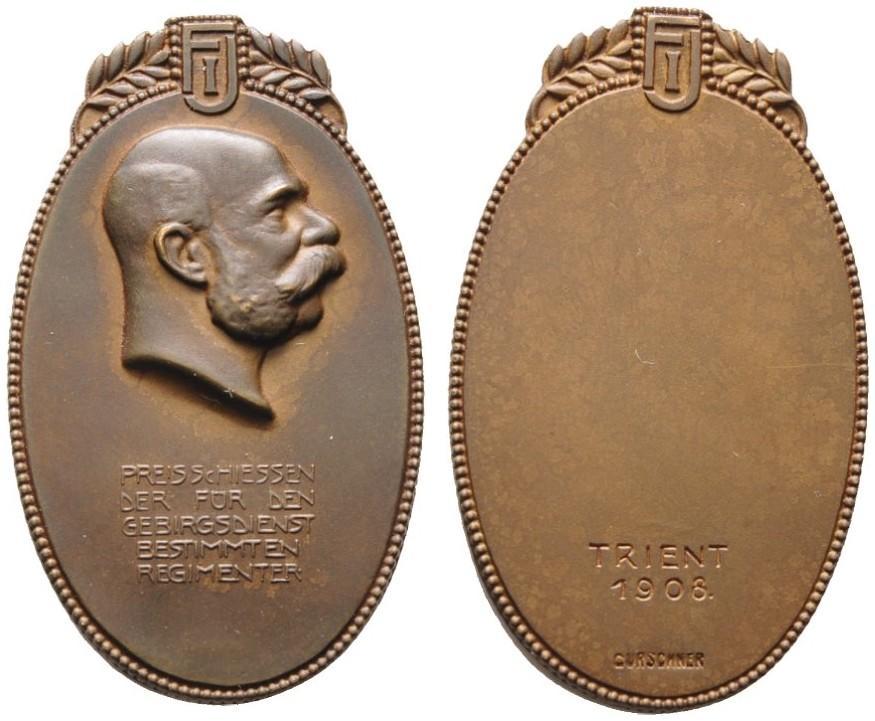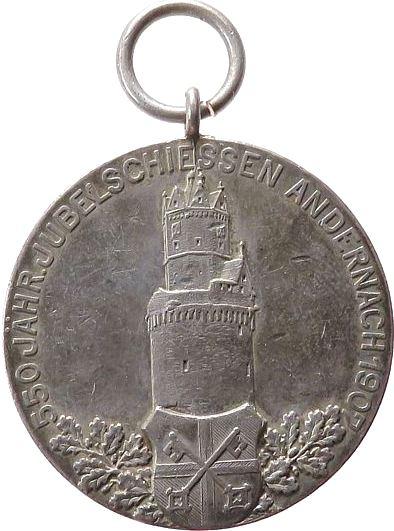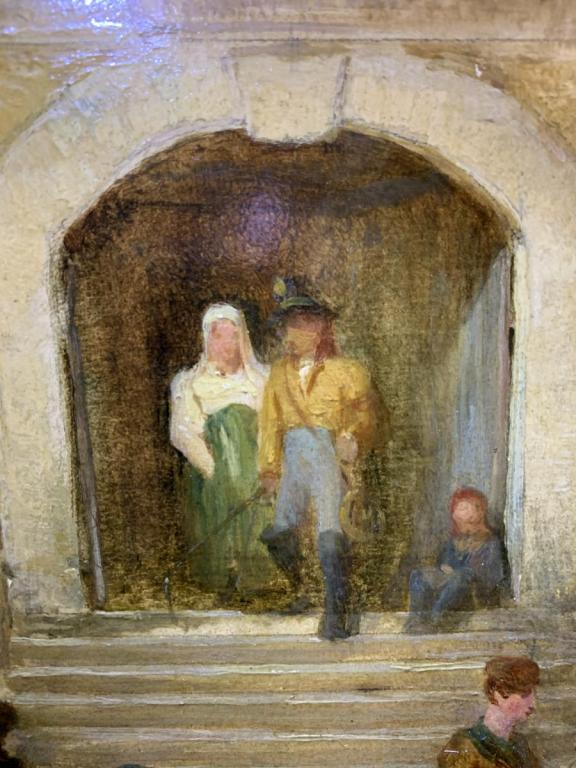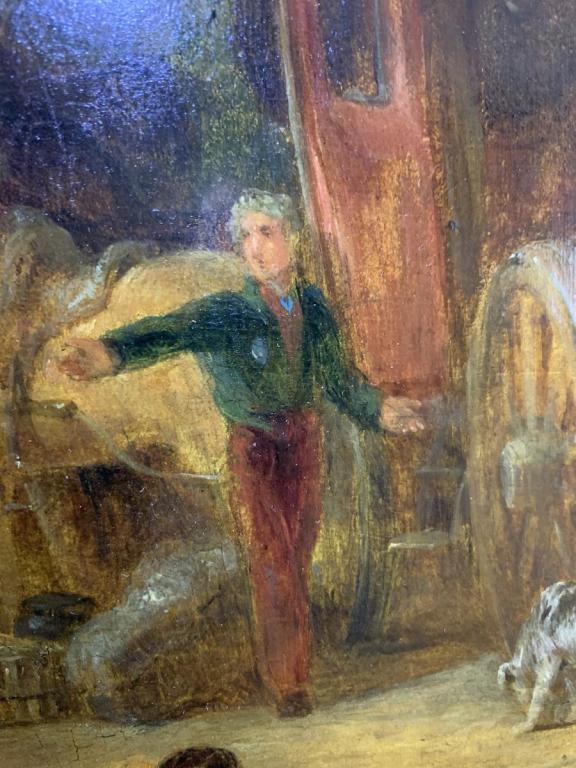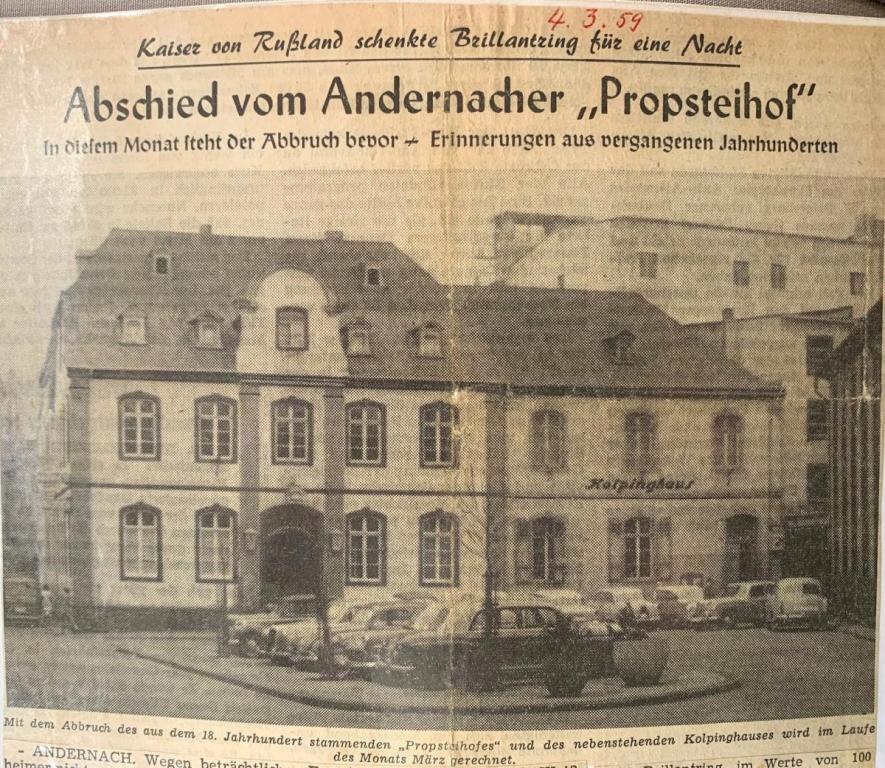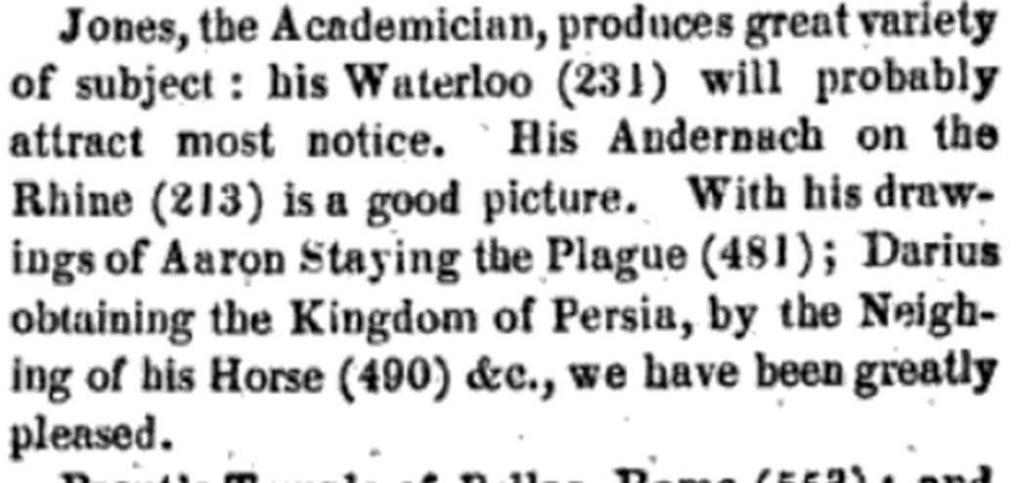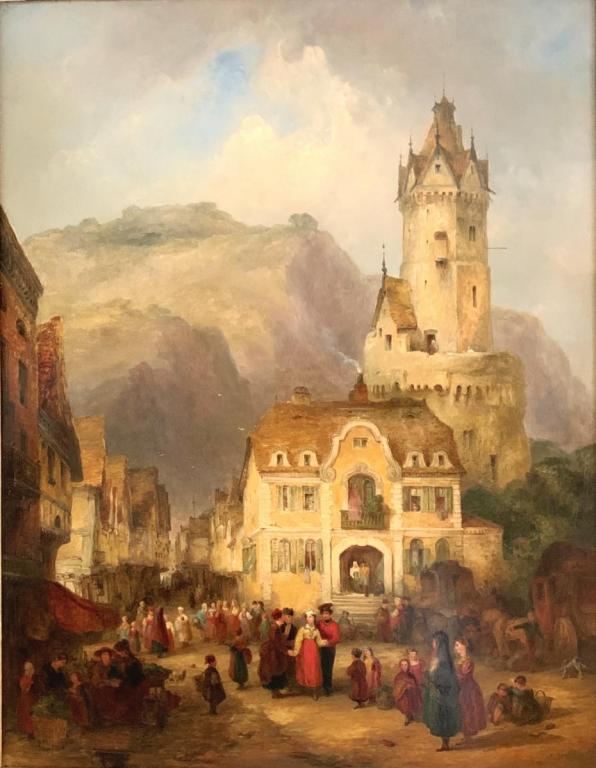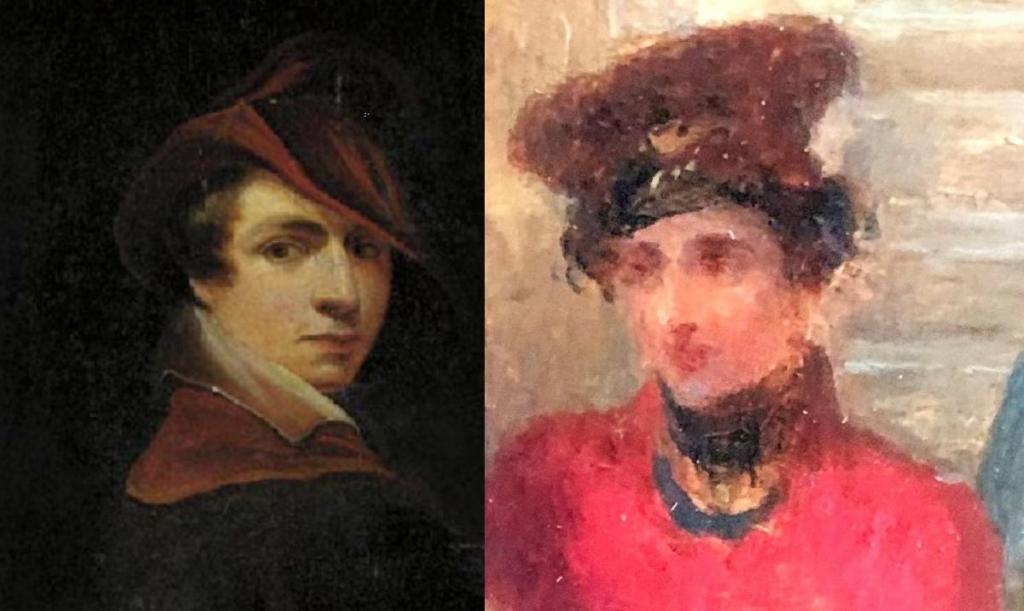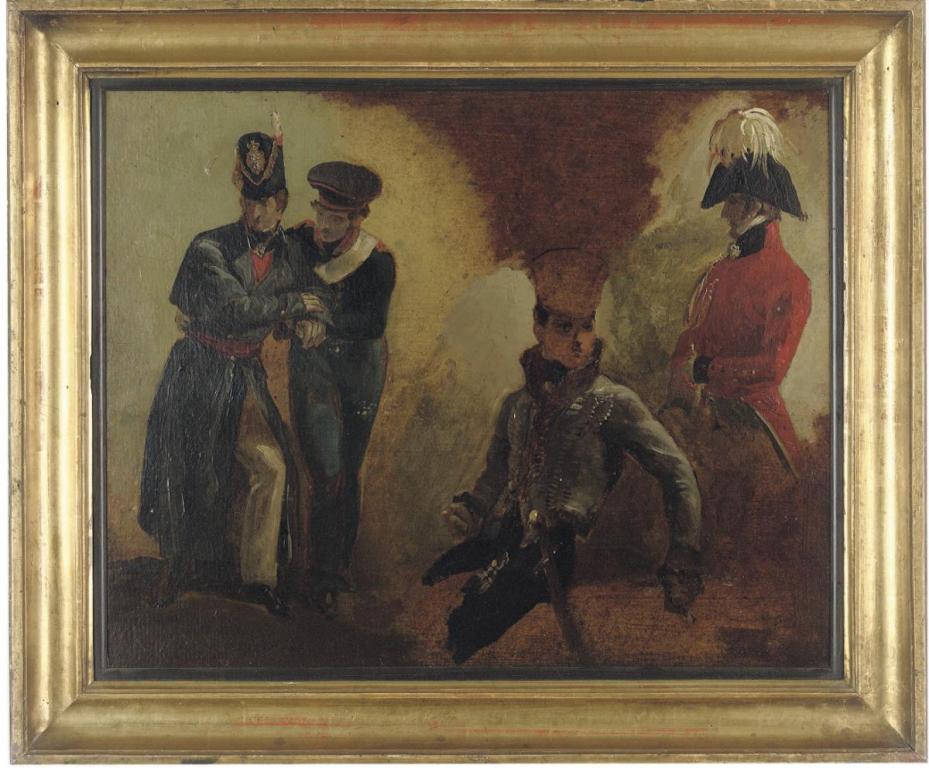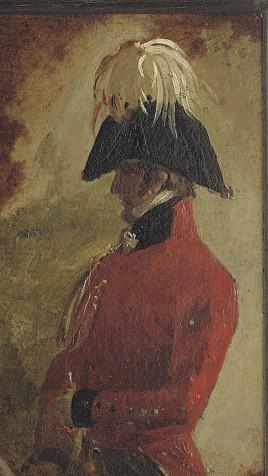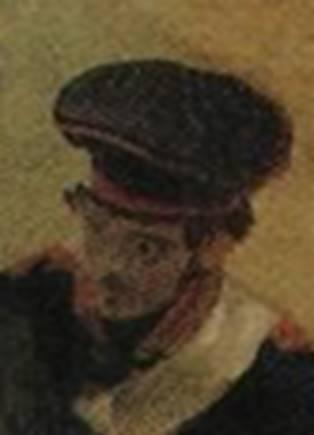-
Posts
238 -
Joined
-
Last visited
-
Days Won
6
Content Type
Profiles
Forums
Blogs
Gallery
Events
Store
Everything posted by saxcob
-
I stick to my original guess. Also note that the connection line to the ss starts at the top which should make the preceding (round) letter an o rather than an u which looks different (see chart). Appears to be a child's handwriting.
-
It is actually „Großpapa“=Granddad. You might not find him in the list either for obvious reasons ☺️.
-

German medal bar with austrian medals
saxcob replied to dedehansen's topic in Austro-Hungarian Empire
-

German medal bar with austrian medals
saxcob replied to dedehansen's topic in Austro-Hungarian Empire
-

German medal bar with austrian medals
saxcob replied to dedehansen's topic in Austro-Hungarian Empire
-

British Uniform?
saxcob replied to saxcob's topic in Great Britain: Militaria: Badges, Uniforms & Equipment
-

British Uniform?
saxcob replied to saxcob's topic in Great Britain: Militaria: Badges, Uniforms & Equipment
Simi, it is (just) a Jones and (unfortunately) not by his friend Turner. Until now I thought that mom is just giving her daughter some good advise on how to behave in England. However, you might be right ad she is in fact trying to hold her back. At least there is some sort of urgency: the coachman is already leaving the house while a boy is promptig the couple to get on the coach. As Trooper_D rightly pointed out, the 15th century tower still stands - but only just. French troops tried to blow it up in 1689 only to produce a hole of the size of a smal car. -

British Uniform?
saxcob replied to saxcob's topic in Great Britain: Militaria: Badges, Uniforms & Equipment
Well spotted, Dr Watson! I agree, this was really a crime. The beautiful mid 17th century building needed to go in order to give way for a malt factory which was itself demolished recently. The smell of it still haunts me today. In the local newspaper I found some reports on the before/after situation. The painting is exhibited in my living room ;-). Jones did in fact produce two versions. The one you show was painted by him in 1863 almost 40 years later. -

British Uniform?
saxcob replied to saxcob's topic in Great Britain: Militaria: Badges, Uniforms & Equipment
The painting shows a scene in the town where I used to live. The building in the middle was demolished in 1959. Jones was part of the army of occupation in Paris after the battle of Waterloo. A decade later, in 1825 he took a trip down the river rhine where he made the scetches for this painting which was exhibited in London in 1827. Thanks to you we now know that the soldier is nobody else than Jones himself. He obviously leads a local lady to a coach. Since Jones married much later and someone of his own nationality we may proceed from the assumption that this was all the result of his imagination. -

British Uniform?
saxcob replied to saxcob's topic in Great Britain: Militaria: Badges, Uniforms & Equipment
Thanks to both of you! Your invaluable help is much appreciated. -

President Armand Fallières during his statevisit to the Netherlands, 1911
saxcob replied to laurentius's topic in France
He is wearing the order of St. Olav. -

President Armand Fallières during his statevisit to the Netherlands, 1911
saxcob replied to laurentius's topic in France
The (Military) Order of Wiliam is awarded only for excellent bravery in battle. -

British Uniform?
saxcob replied to saxcob's topic in Great Britain: Militaria: Badges, Uniforms & Equipment
I don't mind and just assume that the British colleagues just do not know either. Thus I am even more grateful to you for having indentified the soldier as a self portrait of the painter. This is now confirmed by an other example (see below). Since I was unfortunate enough to have read your last post pre edit, I sincerely hope that you will not have second thoughts about having helped a Central European who just happens to live in Belgium ;-). -

British Uniform?
saxcob replied to saxcob's topic in Great Britain: Militaria: Badges, Uniforms & Equipment
Thanks to both of you for your support! Could these "Studies of Waterloo" by Jones show both the uniform and the headgear? -

British Uniform?
saxcob replied to saxcob's topic in Great Britain: Militaria: Badges, Uniforms & Equipment
The nose - the chin (!) - the eye sockets - you could be right. Jones bore a strong resemblance to Wellington and was sometimes mistaken for him. Would any of the experts be so kind as to enlighten us with respect to the uniform? -

British Uniform?
saxcob replied to saxcob's topic in Great Britain: Militaria: Badges, Uniforms & Equipment
Thank you. The painter actually was a soldier himself so he should have had the necessary knowledge. Since none of our British experts reacted I wonder whether it is a uniform at all? -
I am currently doing some resaerch on a painting (1827) of George Jones RA (6 January 1786 – 19 September 1869). He was a British painter and Keeper of the Royal Academy, most famous for his paintings of military subjects incl. Waterloo. The scene shown here is just a smal section of a larger painting depticting a smal German city on the Rhine. My interpretation is that it shows a young couple on the rigth side and the wife’s mother as well as a priest on the left. The groom seems to wear a red jacket with a black collar and golden embroidery as well as an unknown headgear. Is this a British uniform and if so which one? Any help would be highly appreviated.


